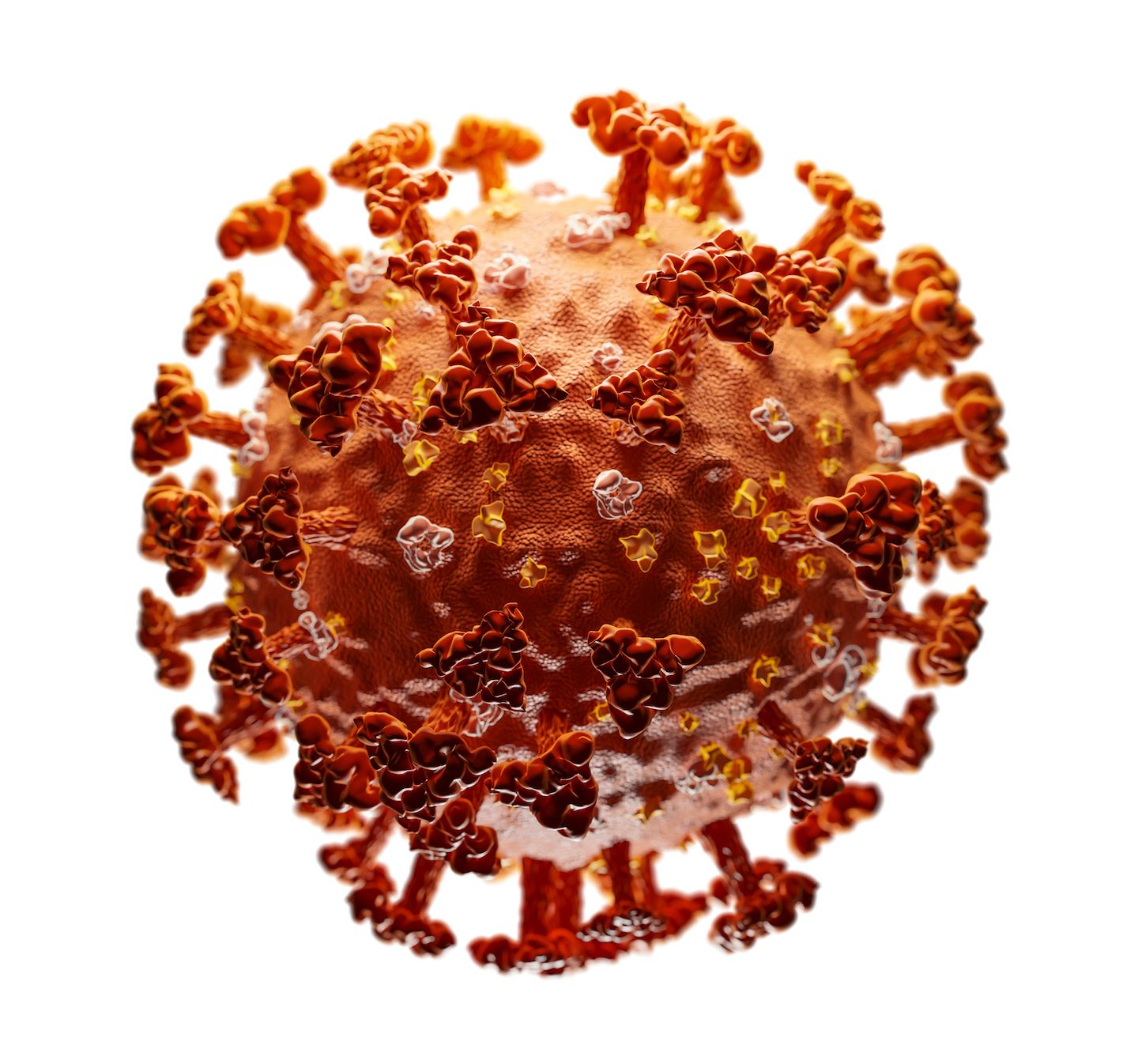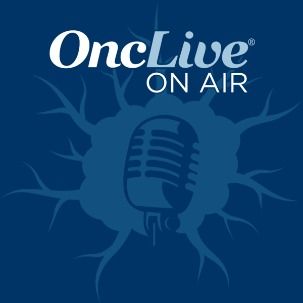Article
Adopting Multidisciplinary and Evolving Care Plans Are Essential to Treat Cancer and COVID-19
Author(s):
Treating patients with cancer and coronavirus disease 2019 depends upon rapidly changing assessments of the standard of care as well as considerations of comorbidities and life expectancy.

Treating patients with cancer and coronavirus disease 2019 (COVID-19) depends upon rapidly changing assessments of the standard of care as well as considerations of comorbidities and life expectancy, according to Carlos Gomez-Martin, MD, PhD. But importantly, he said that the care of these patients must involve multidisciplinary treatment.
Gomez-Martin, of the Inpatient and Urgent Care Units, Medical Oncology Division, 12 de Octubre University Hospital, explained in a presentation during the 2020 virtual annual meeting of the American Association for Cancer Research how patients with cancer and COVID-19 are being assessed and treated in Madrid, Spain.1
In early March, the number of confirmed cases of COVID-19 was low, at 117 with only 2 deaths from the disease in Spain.
On March 5th, a patient was admitted to the Medical Oncology Ward in Madrid with what was thought to be immune-related pneumonitis due to progressive dyspnea—not COVID-19. Yet, the patient tested positive for severe acute respiratory syndrome coronavirus (SARS-CoV-2) on reverse transcription-polymerase chain reaction (RT-PCR) testing. From there, the patient was isolated and the staff developed and implemented a contingency plan to treat patients with cancer who developed COVID-19.
Gomez-Martin explained that to contain the outbreak, trained staff at the 12 de Octubre University Hospital began performing on-site active screening in hospital and outpatient clinics on all patients and caregivers who were suspected of having COVID-19 symptoms or having been in contact with anyone who had the disease. The number of outpatient visits was limited, as were chemotherapy treatments for patients, and follow-ups were changed from in-person visits to online consultations for cancer-related symptom management.
Prior to being transferred to inpatient units, patients were tested with a complete blood count and chest x-ray or CT of the lungs. Wards in the hospital were designated for patients with suspected, confirmed, and negative cases of COVID-19. Designated multidisciplinary staff were dedicated to attending to the COVID-19—infected patients full time.
Between March 9 and April 19, 2020, 287 patients underwent RT-PCR screening for COVID-19 in the outpatient clinic and ER (emergency room). Of these patients, 26% were positive. Ninety patients were admitted to the hospital and 55 of these were positive for COVID-19 on RT-PCR testing. The other 35 patients who were admitted to the hospital were considered to have some potential risk factor for a poor outcome, Gomez-Martin explained.
The criteria used for admitting COVID-19—positive patients to the university hospital were epidemiological, clinical, and laboratory factors. Epidemiological criteria included potential risk factors for poor outcomes—age over 70 years; comorbidities including chronic obstructive pulmonary disorder, diabetes mellitus, and chronic kidney disease; and immunosuppressive treatment. Clinical criteria included poor performance status and respiratory insufficiency and/or hypoxemia. And laboratory criteria included lymphocytes/mm3 <800, lactate dehydrogenase more than 1.5 times the upper limit of normal, bilateral infiltrates on chest x-ray, and neutrophils <1000/µL.
"We think one of the success[es] of active screening of patients and caregivers when they [went to] the ER or outpatient clinic was that while the number of total admissions at hospitals rapidly increased to the maximum of almost 1200 patients, the number of admissions in oncology were steady [throughout] the month and reached a maximum number of 30 patients," Gomez-Martin commented.
Of the first 63 patients treated in the medical oncology division of 12 de Octubre University Hospital with COVID-19, 15 had lung cancer, 17 had gastrointestinal cancers, and 10 had breast cancer. Fifty-two patients (82%) had metastatic disease, and 40% had lung involvement in the form of metastasis or primary disease.
More than half of the patients (58%) were receiving active chemotherapy treatment versus endocrine therapy in 26% and immunotherapy in 12%. The ECOG performance status was below 2 for 85% of patients.
Potential COVID-19 symptoms of fever were observed in 89% of patients, cough in 66%, rhinorrhea in 18%, malaise in 70%, dyspnea in 45%, diarrhea in 50%, and hyposmia/ageusia in 8%. On scans, bilateral pneumonia was seen in 55% and patients showed patchy consolidations or ground glass opacities on CT scans, which Gomez-Martin said was consistent with reports.
Sixteen (25%) of the 63 patients died from COVID-19 infection and had a mean overall survival of 12.4 days (95% CI, 9.04-15.8). Thirty-four patients developed respiratory failure—defined as a need for supplementary oxygen therapy during admittance—and 24 developed acute respiratory distress syndrome (ARDS); 66% of these patients died. The mean time from the onset of symptoms to respiratory failure was 7.02 days (95% CVI, 5.83-8.22) and the mean time to hospital discharge was 14.8 days (95% CI, 13.46-16.11).
Looking at the patients who succumbed to COVID-19, 40% of those with lung cancer died as well as 29% with metastatic disease, 100% with bilateral pneumonia, 62% with hypertension, and 31% with prior steroid use exceeding a 10-mg dose.
"We have seen that native tumor site divided in lung or other than lung neoplasms, previous comorbidities, or use of steroids is related to an increase in mortality for these populations," said Gomez-Martin. "On the other hand, the lung tumor involvement, both in terms of metastatic disease of lung primary, severe neutropenia, or infiltrates at diagnosis is significantly related with poor prognosis in these patients."
Nine of the 63 patients developed venous thromboembolism (VTE), 4 of which were pulmonary embolisms and 5 were deep vein thrombosis, and 2 patients who previously had VTE developed new cases. "This means that the risk of re-thrombosis of patients previously treated is approximately 15%," Gomez-Martin said. Additionally, 3 of 13 patients on active anticoagulants developed new thrombotic events.
"We have not been able to find a clear and significant relationship between any clinical or laboratory parameter to predict the development of respiratory failure, except for the case of previous anemia that is clearly related to the onset of respiratory failure, and bilateral or multilobar infiltrates in the x-ray that is significantly related to both the development of respiratory failure and the development of acute respiratory distress syndrome," Gomez-Martin commented.
Selecting treatment for these patients with cancer and COVID-19 required turning to scarce literature of treatment outcomes as there is a lack of randomized clinical trials in this population. In the first 3 weeks of the outbreak, physicians at the 12 de Octubre University Hospital treated 16 of the patients with lopinavir/ritonavir plus hydroxychloroquine and azithromycin until a study was published showing no benefit with the use of lopinavir/ritonavir in patients with severe COVID-19.2 Sixty-seven percent of patients received hydroxychloroquine and azithromycin alone.
Due to the pattern of cytokine storm seen in cases of severe COVID-19, in terms of high levels of proinflammatory cytokines and chemokines, treatment with tocilizumab, an IL-6 monoclonal antibody, was given to 15 patients outside of the ICU, based on the findings of a published case report.3 Most of these patients were treated in a pre-distress state before they developed ARDS. Nine of the 15 patients survived.
Gomez-Martin concluded that treatment of COVID-19 should be guided by multidisciplinary treatment, including specific antiviral therapy, supportive therapy, close monitoring of inflammatory parameters, and appropriate use of anticoagulants due to the risk of thromboembolic complications.
References
- Gomez-Martin C. Adapting oncologic practice to COVID19 outbreak: From outpatient triage to risk assessment for specific treatment in Madrid, Spain. Presented at: 2020 American Association for Cancer Research Virtual Annual Meeting; April 27-28, 2020.
- Cao B, Wang Y, Wen D, et al. A trial of lopinavir—ritonavir in adults hospitalized with severe covid-19 [published online March 18, 2020]. N Engl J Med. doi: 10.1056/NEJMoa2001282
- Michot JM, Albiges L, Chaput N, et al. Tocilizumab, an anti-IL6 receptor antibody, to treat Covid-19-related respiratory failure: a case report [published online April 2, 2020]. doi: 10.1016/j.annonc.2020.03.300








